The Night Soil Man
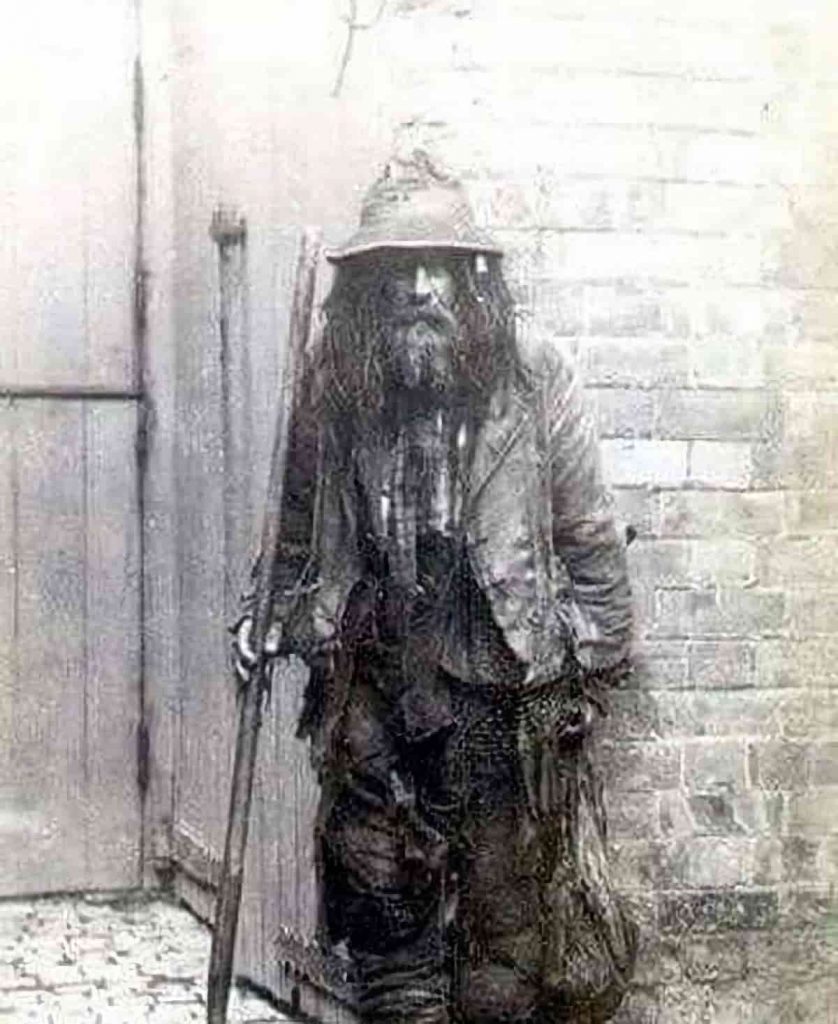
Night Soil, is untreated, uncomposted human excrement (aka raw poo). It was commonly used as a fertiliser on farms in the United Kingdom until around 60 years ago. It’s still used in some Eastern countries today, but comes with health risks as raw human faeces can be a vector of human to human disease transmission.
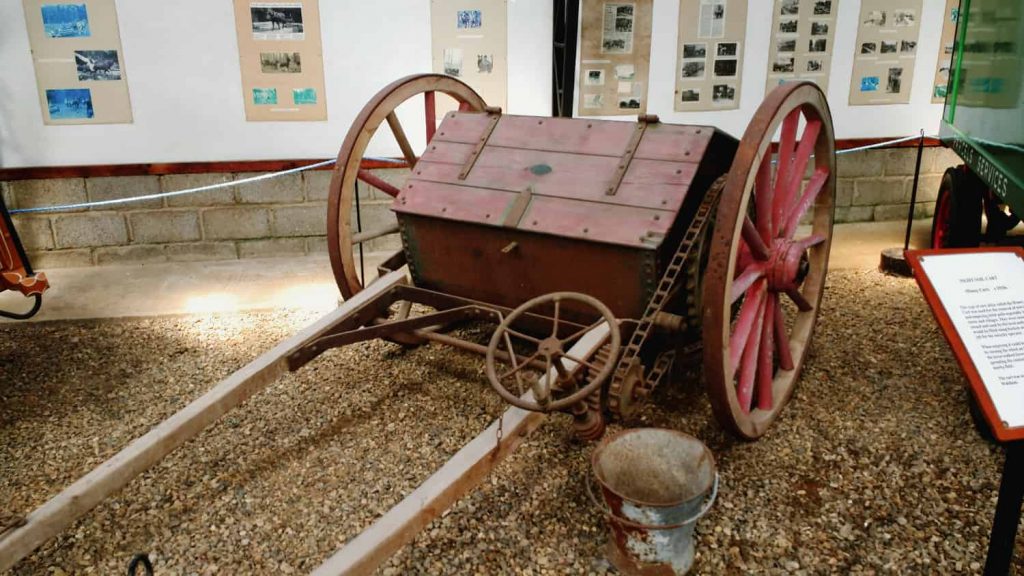
Today, science has shown us that composting human manure will eliminate the potential risks, rendering it safe, and additionally, compost is generally better for the soil than manure (better structure, less nutrient run-off etc, greater bio-availability of nutrients to the plants etc.).
Using a compost toilet is not taking us backwards hundreds of years – we apply modern scientific rigour, knowledge and understanding so we know that composting is an essential and desirable aspect to dealing with human ‘waste’ and turning it into a safe and valuable resource.
Creating and using ‘humanure’ compost is an essential aspect of a natural, circular economy in which we can start to balance outputs and inputs.
The Night Soil man has had their day (thankfully), but the day of the compost toilet is just dawning!
The biggest challenge is changing peoples attitude towards compost toilets!

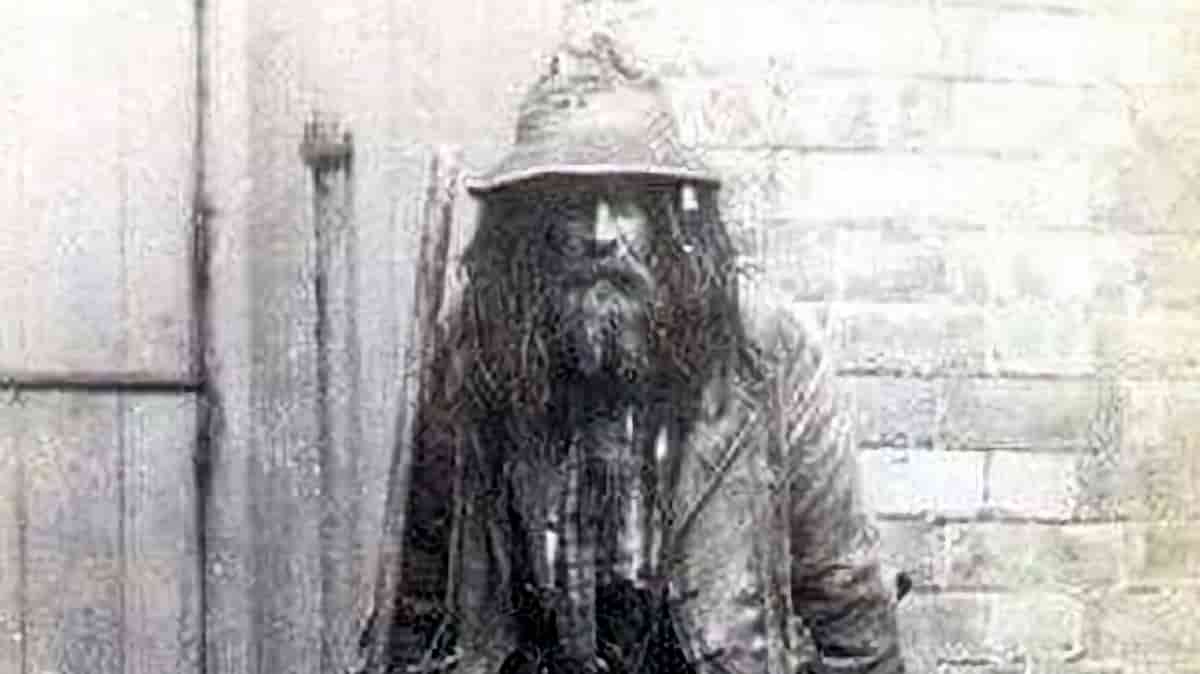
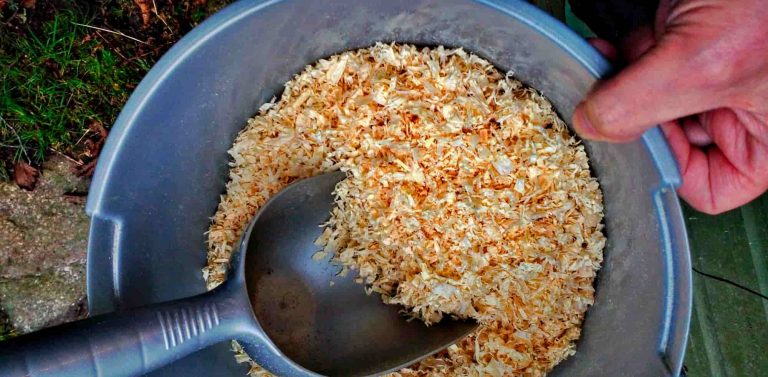
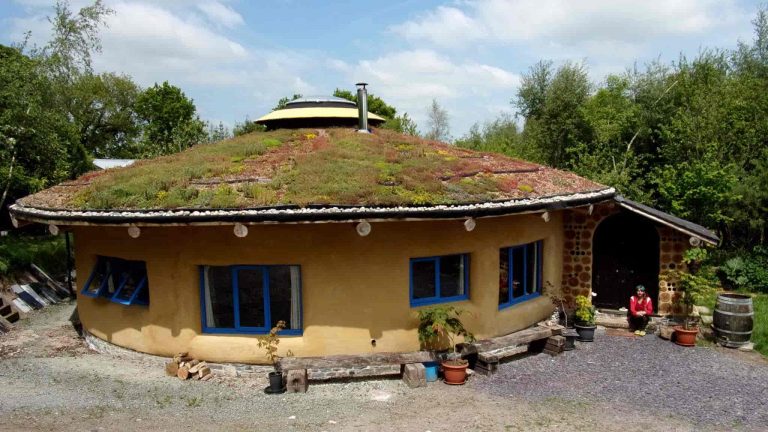

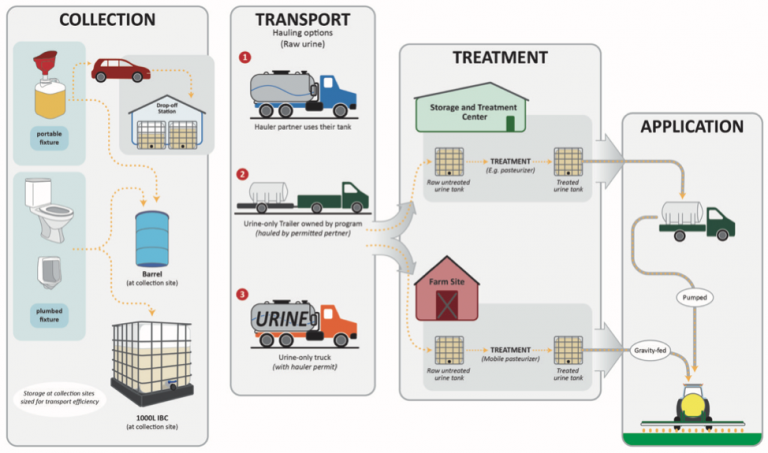
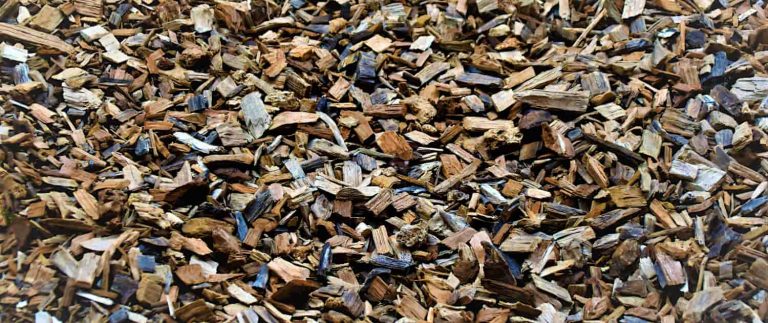

Up to sixty years ago they may have been removing raw sewage from toilets for agriculture but now have up to date analysis for our processing of human waste through our HH-2 units. No harmfull organisms or pathogens have ever been found in our end product, HH-4.
With all due respect, your HH2 system is incredibly expensive at £6k. For domestic-scale users, a ‘hot-bin’ compost bin would achieve the same results or am I missing something? There’s no real indication on your site of how your HH2 works, but it appears to be a pair of large, stainless steel insulated compost bins. A domestic user would have trouble filling that at a suitable rate for it to work, but I can see that where you have a number of compost toilets, a communal system like this would be useful, although currently in the UK, I do not know of any.